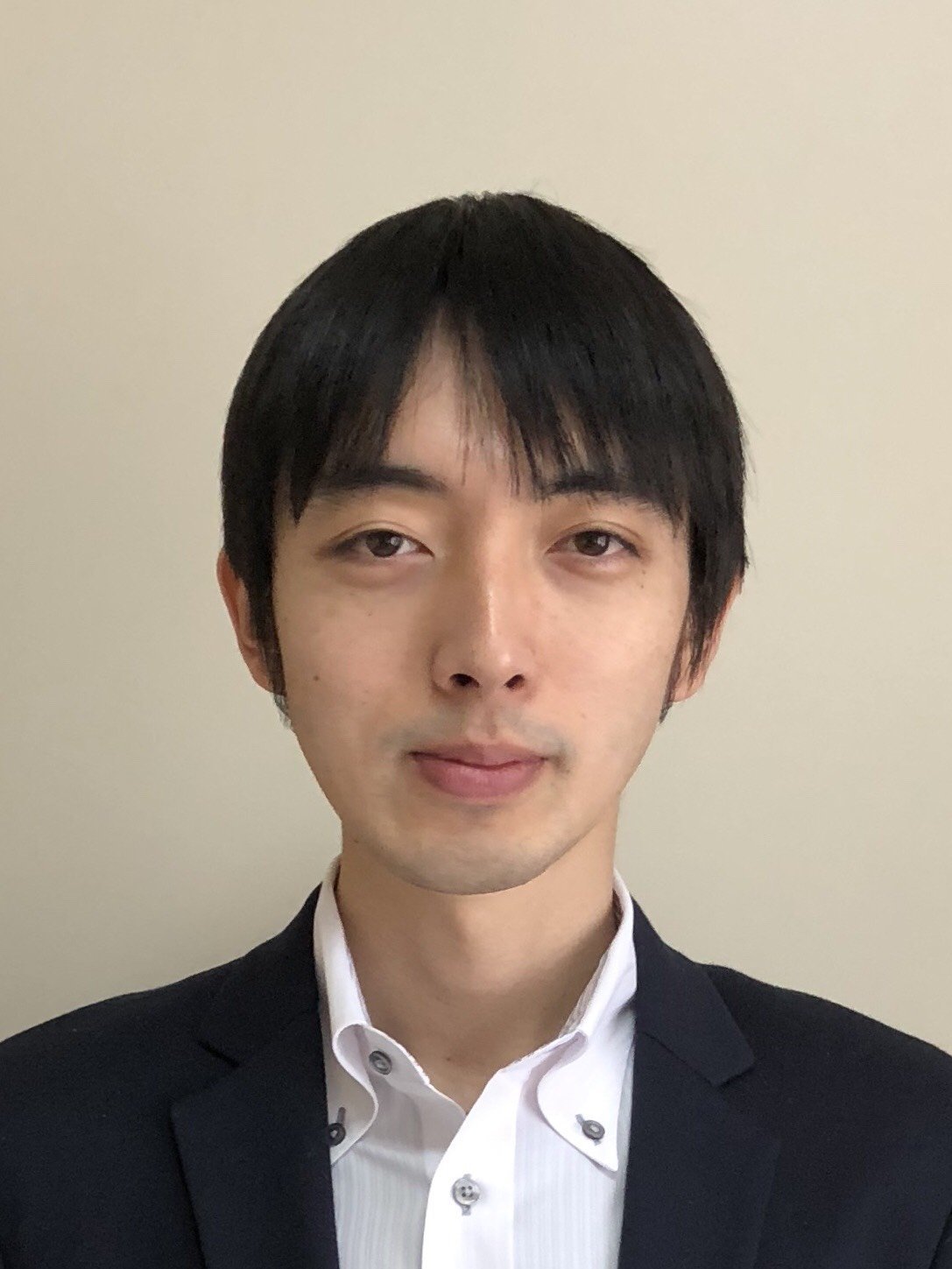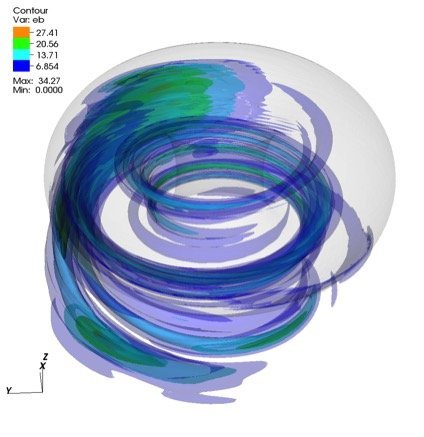TSUJII Naoto
(Associate Professor/Division of Transdisciplinary Sciences)
Department of Complexity Science and Engineering/Plasma physics, nuclear fusion

Career Summary
2005: Graduated from Faculty of Science, The University of Tokyo
2012: Received Ph.D. from Massachusetts Institute of Technology
2012: Postdoctoral Associate, Massachusetts Institute of Technology
2012-2013: Postdoctoral Associate, Max-Planck Institute for Plasma Physics
2013: Assistant Professor, The University of Tokyo
2018: Lecturer, The University of Tokyo
2024: Associate Professor, The University of Tokyo
Research Activities
Fusion energy has the potential to generate base-load electricity in a clean and safe way. A tokamak-based fusion reactor is now expected to be able to create net energy, but realizing a commercial reactor still requires solution to problems such as improvement of plasma confinement and the establishment of a steady-state operation scheme. In our laboratory, we perform research to resolve these problems by using plasma waves. Simulation of fusion plasmas requires simultaneous treatment of a wide range of spatial and temporal scales, and description in phase-space that often require supercomputers. By comparing high fidelity simulation results with experiments, we try to gain quantitative understanding of plasma behavior that leads to effective generation and control schemes of a fusion plasma. With Professor Ejiri, we perform research on the TST-2 spherical tokamak. We also participate in the experiment at the world leading tokamak JT-60SA (QST).

Simulation of electric field of plasma waves on TST-2.
Literature
1) N. Tsujii, I. Yamada, et al.: “Kinetic analysis of the characteristics of electron cyclotron heating assisted ohmic start-up in the trapped particle configuration of a tokamak”, Plasma Fus. Res. 18, 1402051 (2023).
2) N. Tsujii, et al.: “Modification of the magneto-hydrodynamic equilibrium by the lower-hybrid wave driven fast electrons on the TST-2 spherical tokamak”, Nucl. Fusion 61, 16047 (2021).
3) N. Tsujii, et al.: “Numerical modeling of lower hybrid current drive in fully non-inductive plasma start-up experiments on TST-2”, Nucl. Fusion 57, 126032 (2017).
Other Activities
The Physical Society of Japan
American Physical Society (APS)
Japan Society for Plasma and Fusion Research (JSPF)
Future Plan
We investigate novel tokamak operation schemes and develop technologies that may lead to faster attainment of fusion energy using the TST-2 spherical tokamak at the Kashiwa campus. Our present focus is establishment of a new tokamak operation scheme that can efficiently generate a high performance plasma using plasma waves.
Messages to Students
Kashiwa campus is surrounded by nature and is an excellent environment to focus on research. TST-2 is a small device for fusion experiment, but it is a good size for students to test their novel ideas, and it is also one of the few full-spec tokamaks that can be operated by students. Experience gained here will be useful for working on large devices after graduation. We welcome students who want to solve world's energy problem by realizing fusion.
